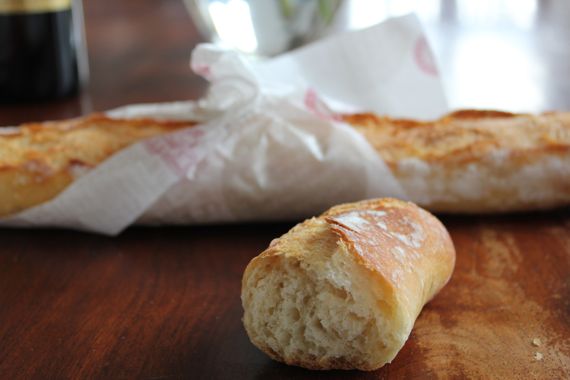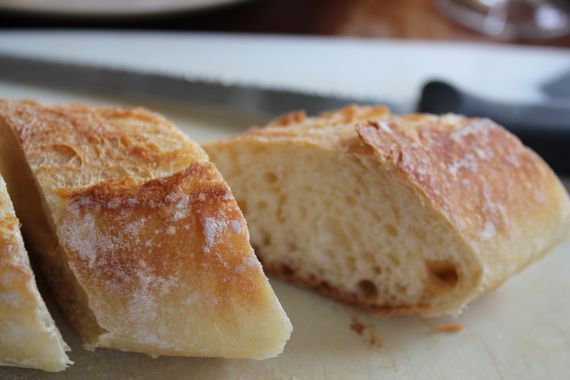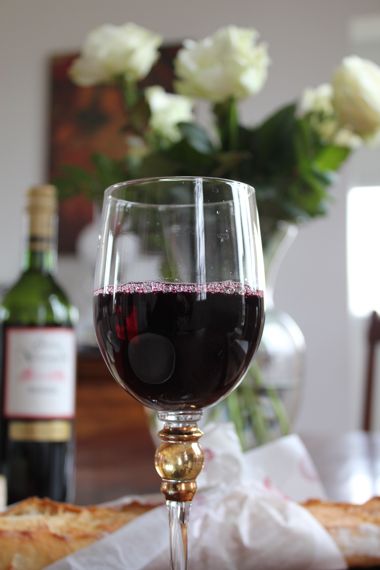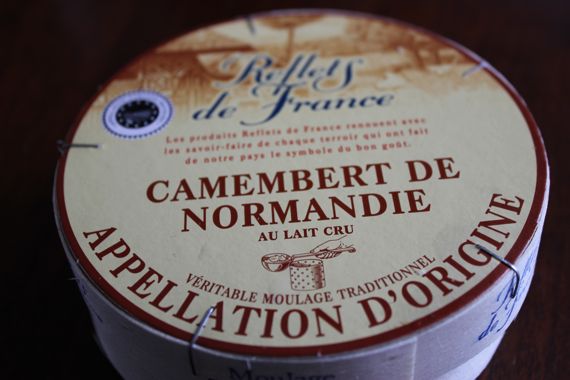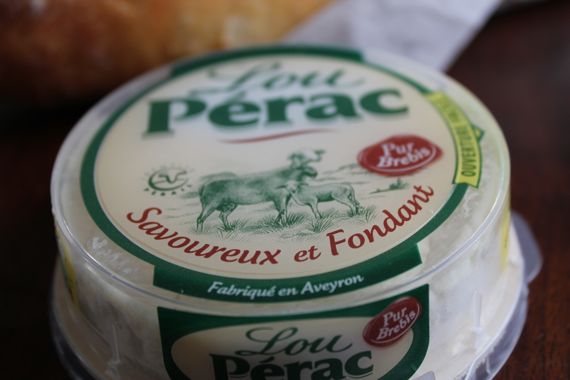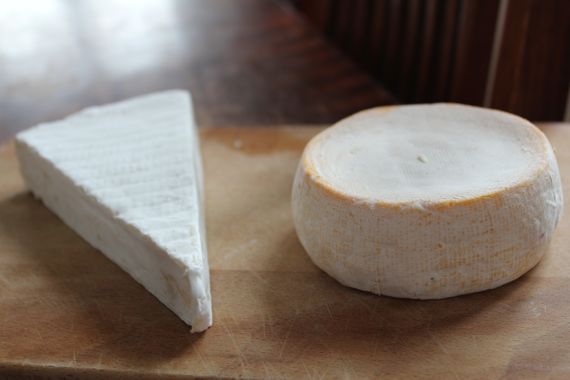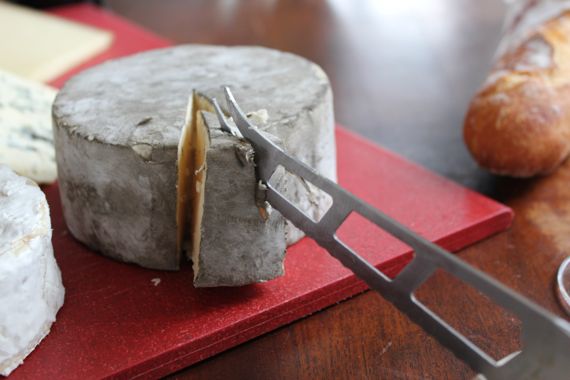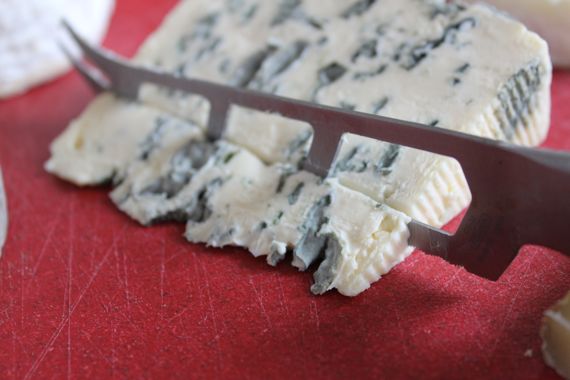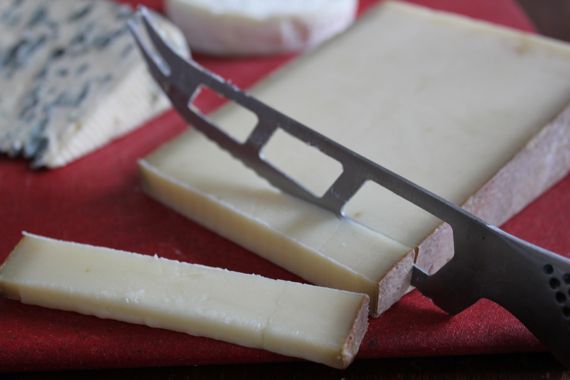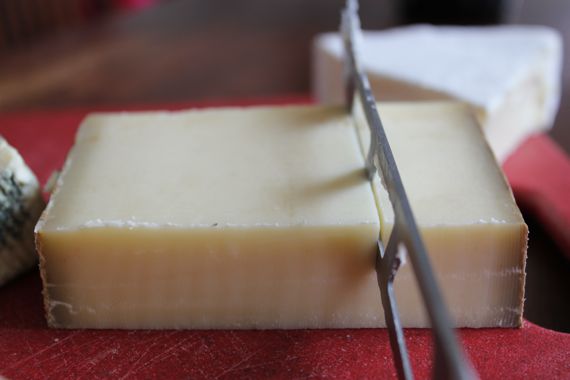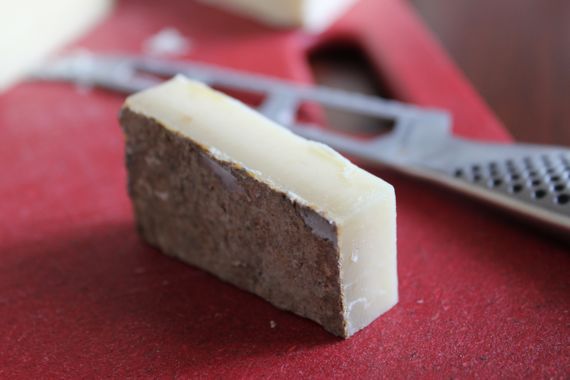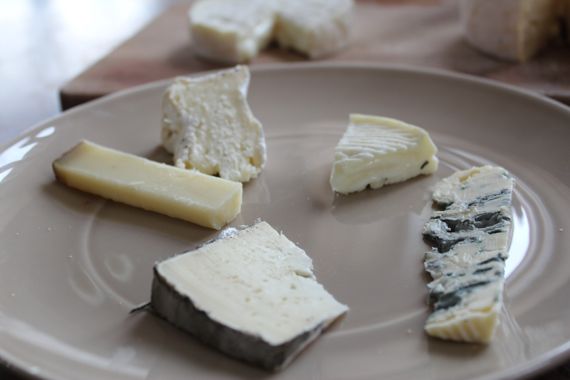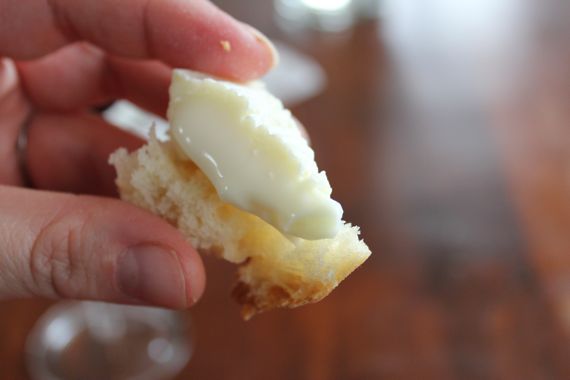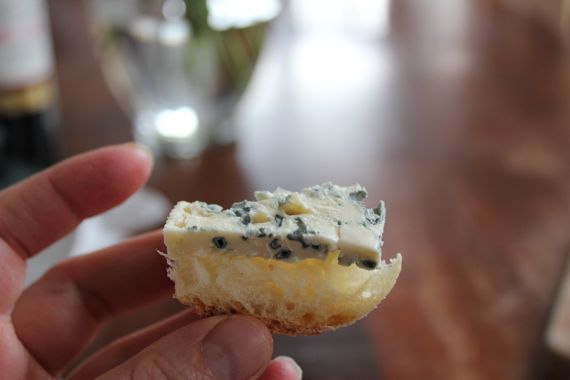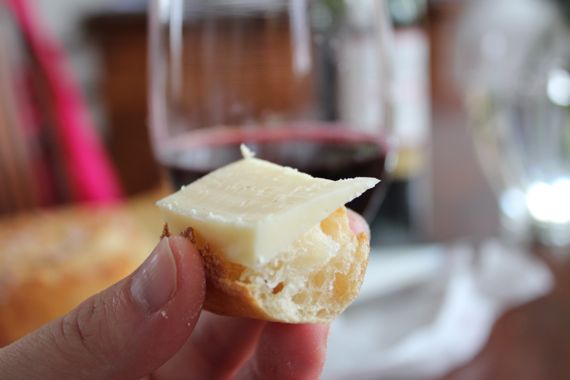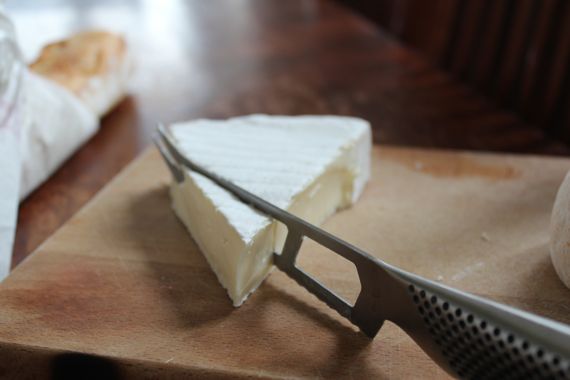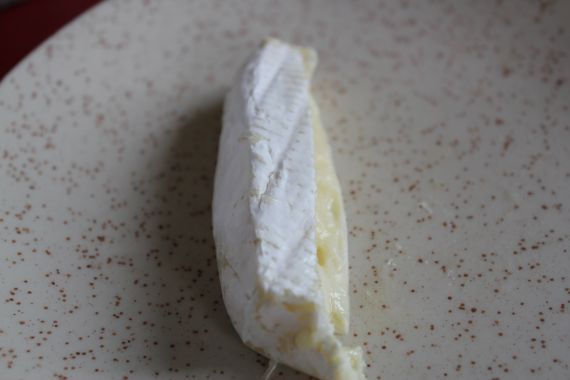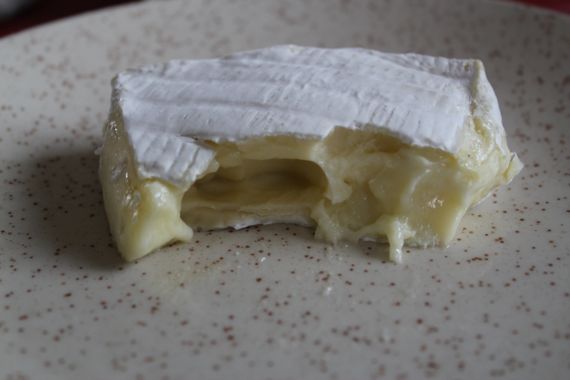This spring I dreamt that my sister Bobbie wasn't dead. She hadn't committed suicide after all. She was coming home.
It was 1966 again and I was 10 years old. She was 21, just like before, and I sobbed for joy when she came to the door, in her familiar beatnik style, looking somewhat detached and cold, but there. After all, I never saw her body — they said it was too far gone for me to see — so her death really may have been a lie, camouflaged amidst my parents' many other deceits.

I grew up thinking Bobbie’s death was a lie. I remember being hustled over to my Auntie Sophie's for a few days; my father taking me into the bedroom, hugging me and weeping, saying there had been an accident, Bobbie had taken too many pills and was dead. The most horrifying thing about that afternoon was 1) my dad was hugging me and 2) my dad was crying, two totally alien events that filled me with shame and embarrassment. I wept when I stepped on an orange salamander and killed it, but for some reason, my sister being dead, in and of itself, didn't seem like such a big deal.
A day later, we were at my grandfather's in New Jersey and my trashy cousin Patty, whose immediate family included not one, but two convicted child molesters, told me that there had been no accident: Bobbie had committed suicide. The suicide part made a kind of sense to me, but unfortunately it was not my primary conclusion, which went something like this: Someone was lying. If someone was lying, it was bound to be my parents, because they lied all the time. Why would they lie about this? The obvious answer was that my father had finally killed Bobbie.
I saw him hit her often enough (he was a heavy drinker with a wicked temper), saw him beat her with a belt — not discipline her by 1960s standards, but beat like an overseer — while she screamed for help. I saw him kick her when she was curled up in a ball on the ground, where she'd fallen after a hard slap. Almost every morning, I was awakened by their shouts and screams, sounds that flipped my stomach over and made me cry. That he had killed her just seemed like a foregone conclusion. The full horror was complete when I realized I was relieved that she was dead because maybe now it would all stop.
Forty-eight years later, some lies have been laid to rest while others continue to reveal themselves with exhausting regularity. By the time I was 13, I realized my father hadn't killed my sister. A few years after that, I knew my parents lied because they didn't think a 10-year-old would understand the concept of suicide.
I learned that my brother, who was 16 at the time, had to identify Bobbie’s two-week-old corpse because neither my father nor my mother could bring themselves to do it. After my parents died, I found Bobbie’s death certificate and learned that Bobbie hadn't killed herself on Mother's Day. That turned out to be a sad and wicked myth my otherwise kind mother perpetrated on us for decades.
There was more. Bobbie wasn't pre-med as everyone had claimed. I discovered her college transcripts and it turned out, she was liberal arts down the line. Why lie about that? Why make up the Mother's Day story? I guess it sounded more dramatic. After all, a dead pre-med student was so much sadder than a dead English major. And a suicide on Mother's Day? It's right out of a Stephen King horror novel.
Just this past month, I found out Bobbie hadn't taken an overdose of narcotics, but had mixed alcohol with MAOI antidepressants. Oh, and her suicide note, which my father carried in his wallet until the day he died, said she was checking out – leaving behind $1,500, her books and Martin guitar – because "her wife" had left her and she loved her very much.
In the note, she'd left everything to me.
Originally published on Purple Clover














 (Image: © Andre Chung/MCT/ZUMAPRESS.com. Not Nicole Blades' son.)
(Image: © Andre Chung/MCT/ZUMAPRESS.com. Not Nicole Blades' son.)










 Image:
Image:  Shirt:
Shirt: 
